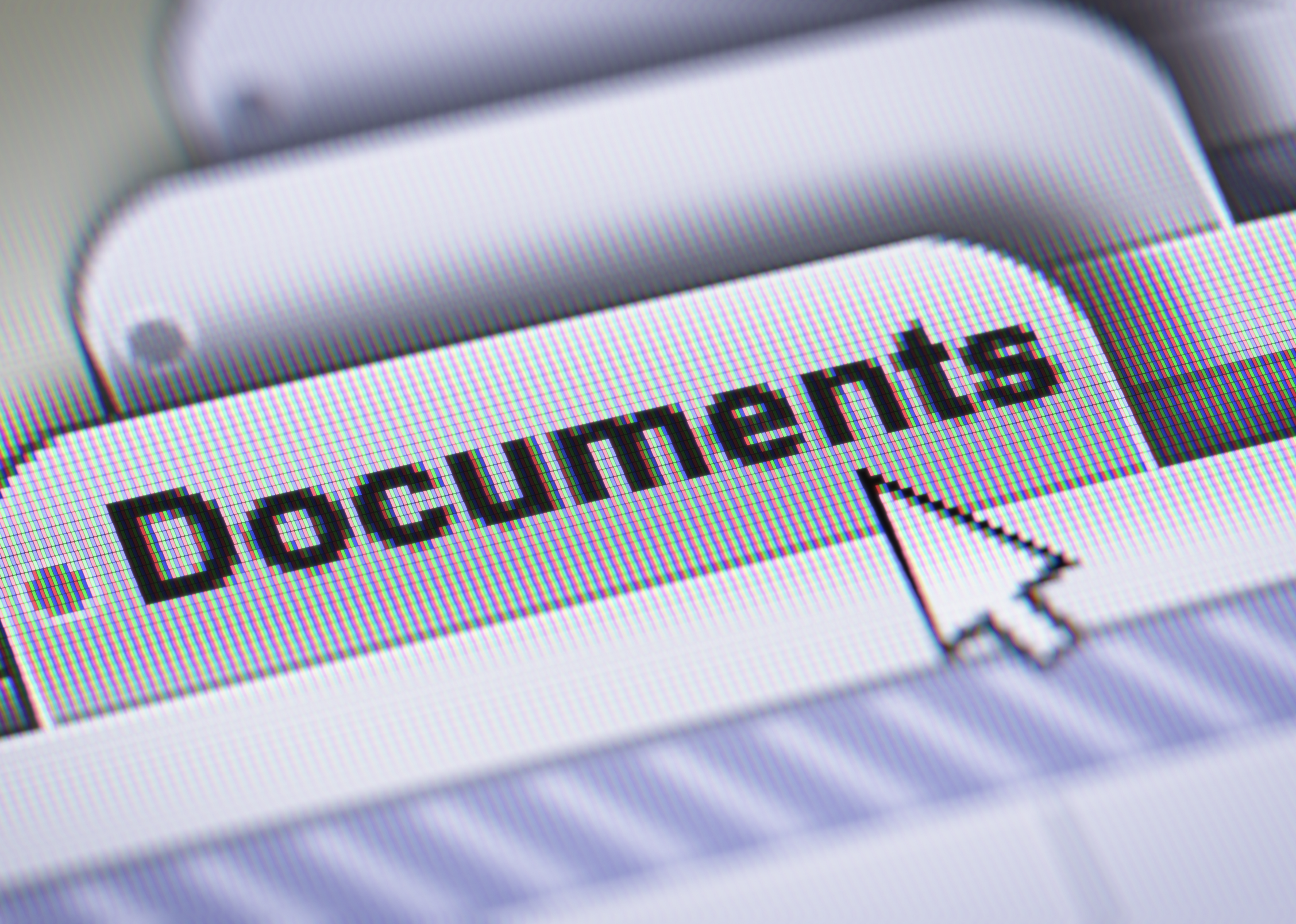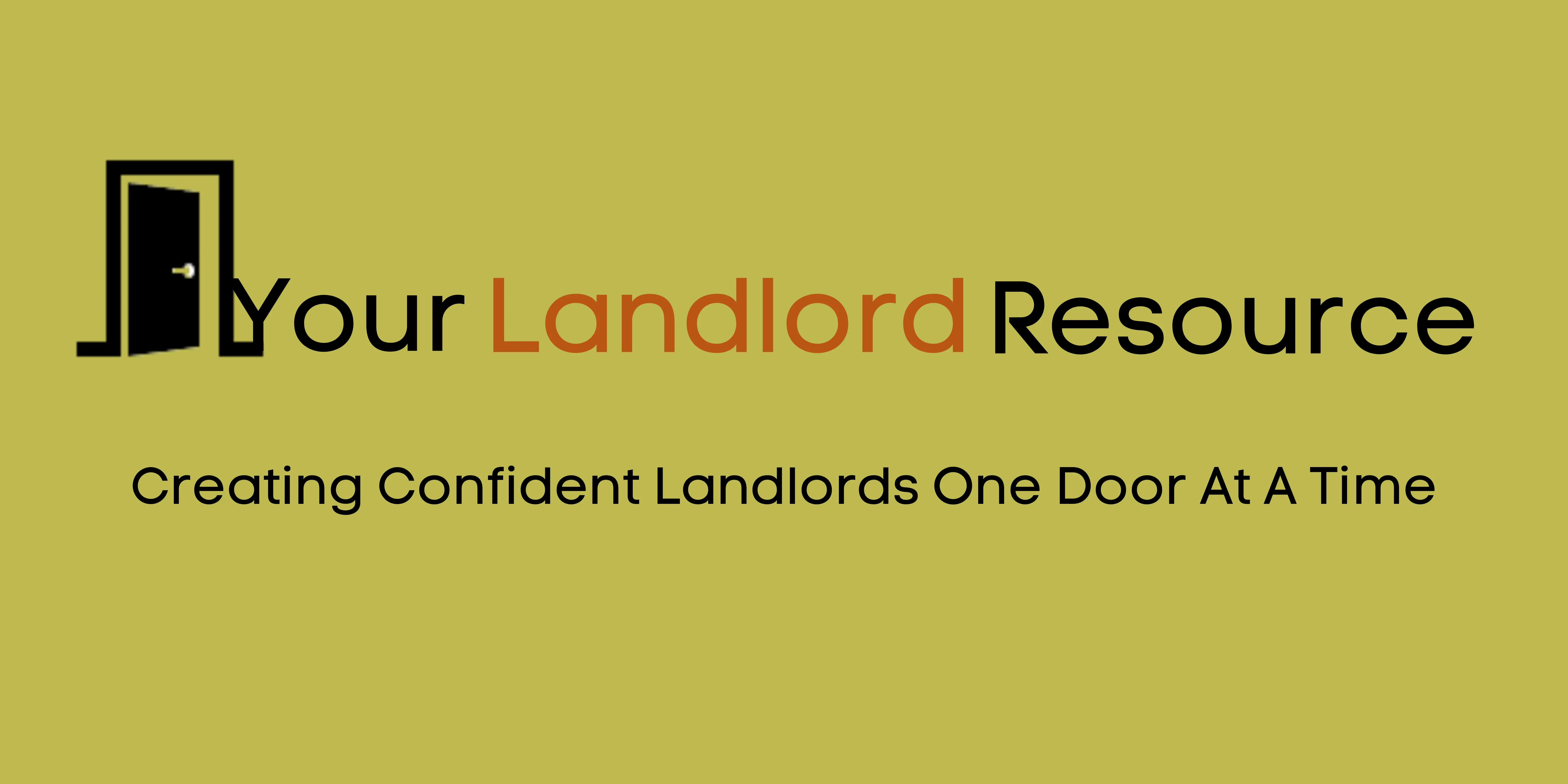Keeping Rental Property Documents Organized

Part of owning any business is keeping your paperwork in order. For rental properties, it is imperative to know where every document is located. It does not matter if you prefer paper trail or electronic files. What does matter is keeping your rental property documents, photos, and records organized.
Documents You Need For Each Unit
We have one file for every tenant. In this file, we keep:
- All documents used to process their application.
- Signed lease copy with addendums.
- All maintenance requests. Plus notes on who, what, and when maintenance was performed.
- Papers and notices served.
- Inspection reports, photos, notes on conversations with the tenant about lease violations found.
- ALL documented correspondence between you and the tenant, including emails, text conversations, and notes written about personal conversations.
- Photos: before move-in, inspections, all maintenance requests, and final move-out inspection (or link to digital file)containing these.
- Move-out security deposit disbursement papers with the tenant’s forwarding address.
If you keep a combination of paper and electronic files on each tenant, make sure you notate the location of electronic files (photos, scanned leases, etc.), plus passwords in case someone else needs to take over management unexpectedly.
How to Organize Documents For Each Property
Tenants come and go, but keeping your rental property documents organized is an essential business practice. With that said, it is also important to have separate, organized files that pertain to each property you own.
If you prefer the paper file method, choose a file drawer/box or accordion folder and create monthly files for receipts. Include receipts for all expenses like completed contractor work, paid utility bills, and maintenance supplies specific to THAT property. The organization of your expenses will make your bookkeeping at the end of the year much more manageable. If receipts pertain to items specific to a tenant (repairs made they must reimburse for), make a photocopy and place it in their file as well.
Good Options for Electronic Receipt Filing
We have found Expensify or SmartReceipts are most highly regarded for electronically storing and organizing receipts, especially when on the go.
Expensify is great on the go. You can snap a photo of the receipt with your phone, and it will pull out the vital information needed (Business name, date, amount, etc.) and save it in your cloud. You can also link it with your credit card for easy downloads of receipts and bookkeeping software like QuickBooks.
SmartReceipts is another convenient option for turning your phone into a scanner. Here are the top benefits of this app:
- Customize PDF, CSV, or ZIP format reports you can export
- Free and open source
- Take receipt photos or import them from your photo gallery
- Tag receipts you’ve captured with metadata to help you find them later
- Track your mileage during travel
- Sync your receipts and reports with Google Drive
- It has an OCR feature to recognize text from your scans
Included with your receipts, you should have a copy of your rent roll. This tool is a monthly statement of what rent and income you earn per property. Typically your bookkeeping software provides this, or you can create a spreadsheet to track it. Having all of your income and expenses in one place makes it easy to evaluate the value of the property and the returns on your investment.
For documents and items that have no time stamp, consider using a binder to store:
- Warranties on machines.
- Maintenance logs (to record when you serviced appliances last)
- List of all makes and models for appliances and HVAC units.
- Back-up keys for units, mailboxes, gates, garages, etc.
- Copy of the updated declarations page for your liability insurance.
If you are more electronically inclined and prefer access to your files from any device, we recommend creating a Google Doc or using Evernote to store the above files in the cloud. The ability to share these files with maintenance personnel from anywhere is worth it. Back-up keys may be an issue, but many units are switching to an electronic key entry, so needing key copies may no longer be a consideration for some. Are you beginning to understand why keeping your rental property documents organized is an important business practice?
Businesses should have Operations plus Policy and Procedures manuals.
An Operation Manual
This manual describes all of the essential practices for operating your rental property business. Additionally, it should explain the following:
- How to handle a maintenance request.
- Contact names and directions and how to handle a particular task (contractor, painter, banker, insurance agent).
- How and when to do unit inspections.
- Copies of your LLC bylaws (if applicable)
- Passwords for online accounts.
- Any other task you perform.
This manual is essential should you become incapacitated, allowing another person to step in and run your business on your behalf. It does not matter if you keep it in a binder or as an electronic document, but it is imperative to have this information noted somewhere as a business owner.
A Policy and Procedure Manual
This manual contains all the rules you have set involving tenants. For instance, it should include the following items:
- All criteria and requirements to apply to rent one of your units. For example, consider items like minimum financial acceptance (income=3 X’s rent), positive rental history, etc. Also, include how you determine acceptance and the method used to notify rejected applicants.
- Rules for your properties. For instance, those regarding smoking, guests, and pets.
- Procedure for handling maintenance requests. Include how you determine what an emergency is and what is not.
- Your process on serving notices to tenants. Include sample legal notices and verbiage to use when writing an email or text.
- Processing unit inspections: How often, what to inspect, and how to handle issues found. Include a sample of tenant notification of inspection findings.
- Samples of how you would write an email to a tenant. For example: advising of inspection/unit entry, notice of lease violation, or accepting tenant lease termination.
- Items you take responsibility for to repair vs. tenant responsibility.
- Where to locate fire protection items. Include who services the extinguishers and how often. What is the process for completing this task?
- Tenant move-out procedures and how security deposits are handled (with deductions or not).
Make Sure You Are Legally Compliant With Your Policies
It is essential to have these written out and checked for legal compliance. Why? Suppose you find yourself in court over a discrimination lawsuit, security deposit challenge, legal battle over an insurance claim, or eviction. In that case, these items must be written to show these are the rules of your property, no matter who lives there.
These policies will cover you when issues arise. However, if you are not following the policies you have set in place well, you better have a good lawyer on your side. Run your property management business professionally and ethically, and you should have minimal issues.
Often, many of these policies are also included in the lease or addendums the tenant signs. Consider sharing a copy of this with the tenant by having copies available on your property website or in the manager’s office. This openness lessens the tenant’s chance that they did not know the rules or procedures followed to make their living experience safe and legally correct.
It is common for landlords to have individual policies for different properties. For instance, some may allow pets in their single-family homes but not in their multi-family properties. If this is the case, create a separate manual for each property.
Don’t Rush The Process
If you have been running your business half-assed or old school, don’t despair. Instead, pick one thing and start with that. Keeping your rental property documents organized is not difficult, it just may be time consuming if you attempt to do it all at once. Create a system and begin slowly. New to using an electronic format? Aim to find one that can store documents, photos, and scan receipts to ease bookkeeping tasks.
We hope you find this guide on how to keep your rental property documents organized helpful in your landlord journey. We started Your Landlord Resource for this reason!
Check out our other blogs to guide you on your self-management journey as a landlord:
Fall Seasonal Maintenace for Rental Properties
How to Raise Rents Without Sacrificing Tenants
A Landlord’s Guide To Fire Safety In Rental Properties
Security Deposits: 5 Tips Landlords Should Know
Cash Reserves for Rental Properties, How Much is Enough?
Let’s be social! Follow us on Instagram, Facebook, Twitter, or Pinterest!
Looking for a community of DIY landlords you can ask questions and bounce ideas off? Join the Your Landlord Resource Facebook Group, a discussion group for support, tips, and guidance to help create successful landlord-tenant relationships.
Related Posts
Navigating Unreasonable Accommodation Requests in Property Management
Property management professionals are dedicated to ensuring equal housing opportunities, which includes accommodating the diverse…
May 14, 2024Why Generation Z Is Leaning Into the Renting Lifestyle
Gen Z Grows Up and Moves Out Generation Z, a demographic age group of Americans…
May 14, 2024


5 Ways to Show Tenants Kindness During The Holidays - Your Landlord Resource | 30th Nov 21
[…] Keeping Rental Property Documents Organized […]
What Are Tenant Preferences In Single-Family Build-For-Rent? - Your Landlord Resource | 5th Dec 21
[…] Keeping Rental Property Documents Organized […]